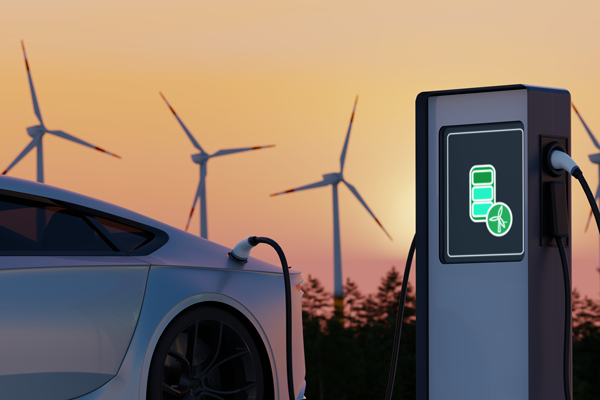By David Jenkins
Many new car buyers are keen to get behind the wheel of an electric vehicle, but once they do, there is no quick end in sight to the related issue of “range anxiety” from a lack of charging stations.
In Australia, EV sales more than doubled over 2023, with 87,217 sold, or around 7.2% of the new car market compared with 3.1% of sales in 2022.
There are now around 130,000 EVs on Australian roads, and recent policy moves by the Albanese Government to impose fuel efficiency standards will continue to give the EV buying trend momentum.
Encouraged by previous Government subsidies, growth has been even more spectacular in New Zealand. The number of EVs increased by more than 50% in 2023, with over 73,000 EVs now registered.
However, that growth is likely to taper this year after the NZ government subsidy was withdrawn in early 2024.
Regardless of the New Zealand Government’s policy, however, EVs are set to comprise an increasing percentage of cars on Australasian roads.
Prices will come down over time as manufacturers transition their manufacturing globally. Still, it needs to be more certain that the critical charging infrastructure will keep up with sales and satisfy the demand.
Without enough infrastructure, sales may not reach their potential, impacting the likelihood of achieving net zero targets.
The Australian Government has a $500 million Driving the Nation Fund for EV charging and hydrogen refuelling. The goal is for charging stations to be available at an average interval of 150 kilometres on major roads. But will that be enough?
Looking back a few years, in 2006, the Federal Government established a $870 million scheme to encourage vehicle owners to convert to using Liquid Petroleum Gas.
It may have seemed like a good idea at the time, but the scheme coincided with a drop off in the use of LPG by the taxi industry, one of the significant LPG users.
So, while taxi drivers sold their LPG vehicles and bought more fuel-efficient hybrid vehicles, LPG use declined, and many of those private vehicles converted under the scheme are no longer on the road.
Anyone with an LPG vehicle today needs to consult a website and plan a trip to regional Australia to ensure they can fill up.
The issue regarding EVs is whether the Government and the private sector are looking far enough into the future when considering EV demand and infrastructure needs.
In the private sector, the growth in charging stations is likely to come from commercial real estate and large retail as people change their behaviour from seeking out charging stations as they do a petrol station to a “charge as you park” approach.
So, expect more office and apartment buildings and shopping centres with charging infrastructure.
Then there are the automakers, who are likely to invest in charging infrastructure to support vehicle sales.
Tesla has taken the lead and opened a 16-bay supercharging station in the regional NSW city of Albury in December last year.
This is now Australia’s most extensive facility, surpassing 12 bay charging stations in the Sydney suburb of Campbelltown, Melbourne’s Box Hill, and the regional NSW town of Yass.
Oil and gas companies, threatened by EVs, are also seeing the transition as an opportunity. The US, for example, is seeing partnerships such as the tie-up between rental company Hertz and BP to install thousands of chargers across the country.
These business models are at an early stage in Australia, but we can expect them to become more common as EVs proliferate.
For example, we can expect collaborations between real estate companies and EV manufacturers in apartment buildings and shopping centres.
There may be collaborations between the Government and manufacturers as an incentive to electrify vehicle fleets.
The positive news is that Australasian investment in EV infrastructure will continue beyond the $500 million the Federal Government has committed to funding.
The transition, however, needs to accelerate if EV sales are not to be hampered by ongoing fears of range anxiety.














